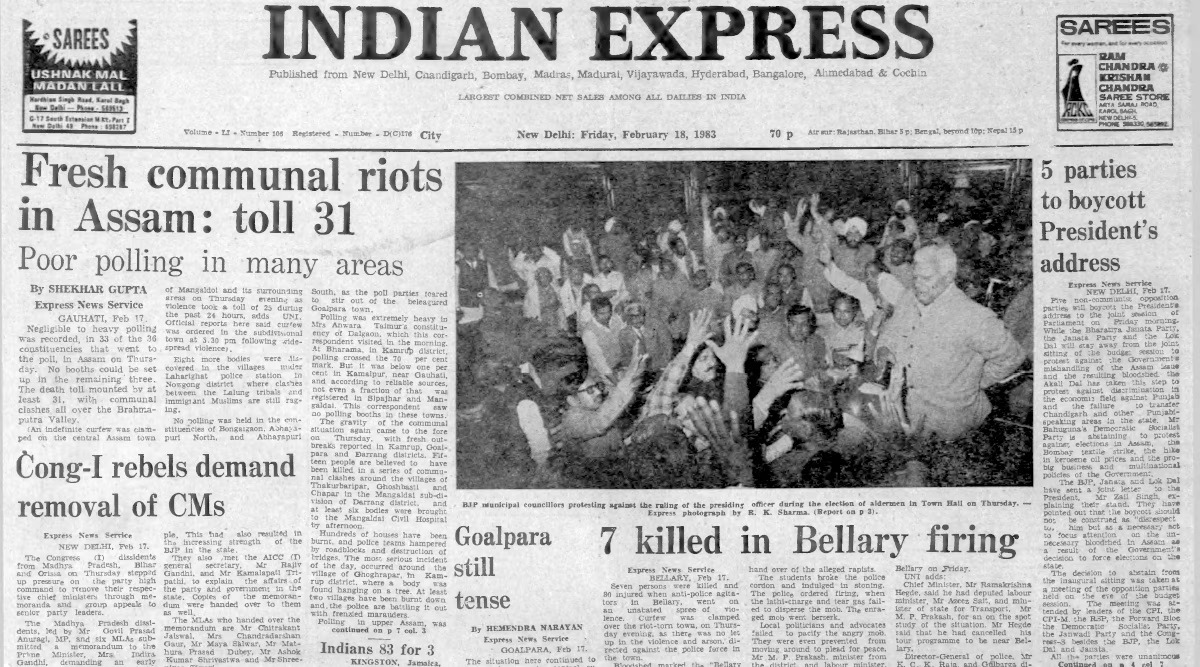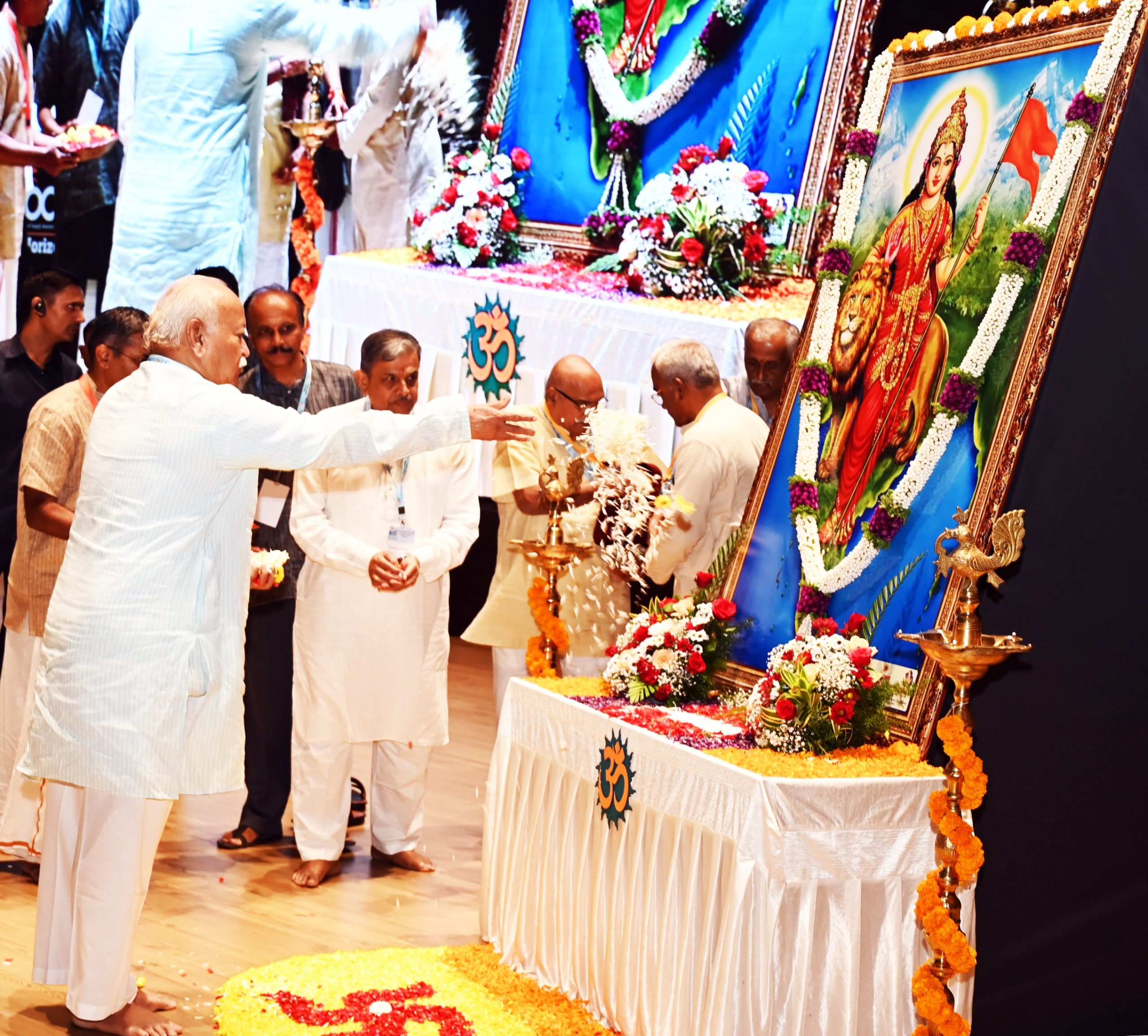The debate kick-started following Assam chief minister Himanta Biswa Sarma took the initiative to make a confidential report public after four decades. A commission report on the infamous Nellie massacre is now going to be tabled in the winter assembly session beginning on 25 November. The opposition political parties start criticizing the government for picking up the Tewari commission report on the Nellie mass killings just a few months ahead of assemble election, but some come out supporting the move to unearth the real truth behind one of the bloodiest massacres in post-independent India, which may erase the negative campaign against the Assamese society being anti-Muslim.
Nellie under Morigaon (earlier undivided Nagaon) district in central Assam, where thousands of people were killed as several hundreds of locals (mostly belonging to Tiwa tribe) attacked 14 Muslim majority villages in Nellie locality on 18 February 1983. The attackers burnt a number of thatched houses and started physically assaulting the settlers and the massacre came to an end only after the arrival of a group of para-military personnel. Various media reports, now available on digital space, indicated at least 2000 individuals, including children, women and elderly, lost their lives in the single day carnage. Prelude to the massacre had grown up with a series of crimes including rape of local women allegedly committed by the immigrant Bengali-speaking Muslims over the indigenous tribal villagers.
Soon after the incident, a commission was constituted on 14 July to look into the circumstances leading to the disturbances. The commission, headed by retired IAS officer Tribhuvan Prasad Tewary, submitted its over 500-page report to the government next year, but it was never tabled in the assembly by the Hiteswar Saikia-led Congress government or successive administrations. The opposition leaders termed the move as politically motivated. Congress leader Debabrata Saikia stated that after 1983 violence, there had been no communal tension in Nellie locality. So he questioned the reason behind the government’s initiative to bring the sensational report to the public after so many years, which might create communal tension in the region.
However, All Assam Students Union president Utpal Sarma supported the move saying that it was wrong to keep such an important document under wraps for decades. He even criticized successive governments in Dispur for failing to place the report in the assembly and subsequently make it accessible to the people. Patriotic People’s Front Assam, a forum of nationalist citizens, insisted that the truth behind the horrible incident should come to light, so that any conspiracy to malign the image of Asomiyas as ‘Muslim-hatters’ can be destroyed. While supporting the government to make the report public, the forum argued that all negative narratives deserve to be dismantled with factual revelations.
The question remains, whether there were any casualties among the attackers as well during the massacre. If various media reports are to be believed, at least a few thousands of locals were needed to kill 1800 people (some claim the number of victims would be above 5000) within some hours. However, quoting the authority and relevant books, those reports claimed that only hundreds of Lalung (now known as Tiwa) people attacked the Muslim dominated villages and killed thousands of Bengali speaking residents. The attackers used traditional crude weapons like spear, machete, bow & arrows, etc (as no modern mass-killing instruments were available with them) and it can be guessed by any common sense that some casualties must have occurred to the side of aggressors as well.
The local residents cannot remember such casualties and subsequent cremations on both sides. Nobody knows where the Muslim victims were buried as there is no such recognized mass grave site in the entire locality. Some argued many were thrown to a nearby water stream, but it can hardly justify the magnitude of the volume of Muslim casualties. Shockingly these questions were never raised or discussed in public domain and the Assam-based media outlets also remain silent contrary to many national media outlets relentlessly pouring spicy reviews over the gory incident. Thus many questions need to be unanswered and probably it may be possible only after pragmatic discussions over Nellie following the opening of Tewari commission’s findings to the public.
Why revisiting Nellie massacre important



